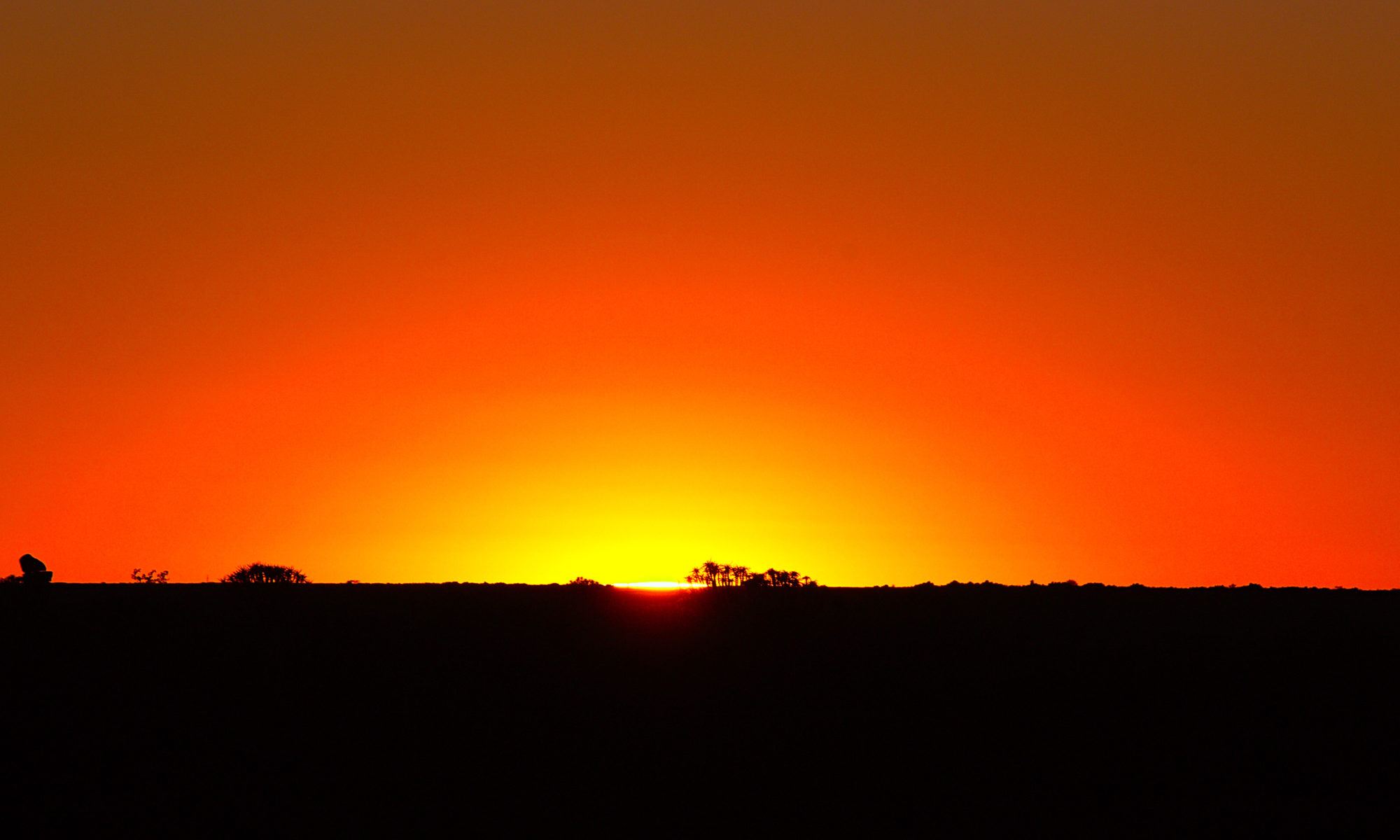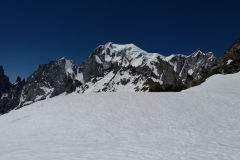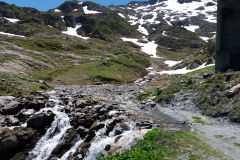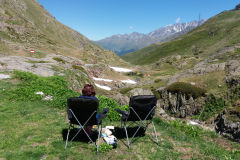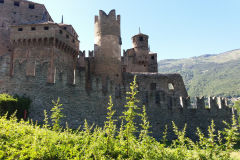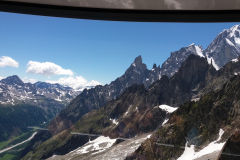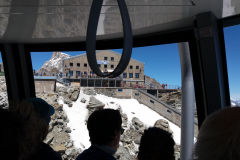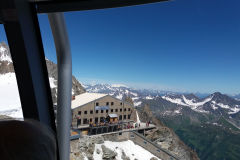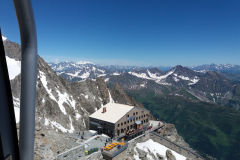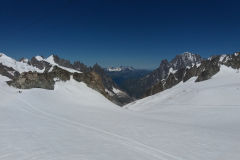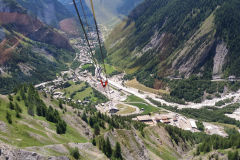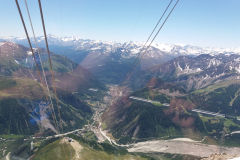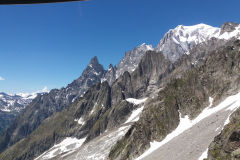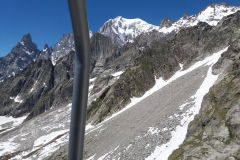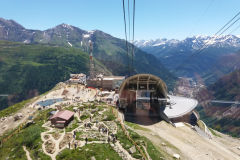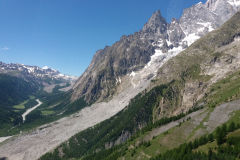The Aosta Valley, located in the northwestern part of Italy, is a region known for its stunning natural beauty, rich history and cultural heritage, and delicious cuisine. The valley is situated in the Western Alps, and is surrounded by some of the highest peaks in the Alps, including Mont Blanc and the Matterhorn. The region’s unique location and natural features make it a popular destination for outdoor enthusiasts, including hikers, skiers, and rock climbers.
The region is home to a number of historic towns and villages, such as the city of Aosta, which is the capital of the Aosta Valley. The city is rich in history, and is home to a number of historic sites and monuments, including the Roman Theater and the ancient city of Octodurus. The city is also home to a number of charming streets and squares, as well as a number of shops and restaurants that offer delicious local cuisine.
The Aosta Valley is also home to a number of natural parks and protected areas, such as the Gran Paradiso National Park, which is home to a variety of wildlife, including ibex, chamois, and marmots. The park is also home to a number of hiking trails and is a popular destination for hikers and outdoor enthusiasts. The region is also home to many ski resorts, which attract thousands of visitors each year.
The region is also known for its delicious local cuisine, which is influenced by the region’s history and geography. The local cuisine is characterized by the use of local ingredients, such as cheese, meat, and vegetables. The region is also known for its wines, particularly the wines of the Valle d’Aosta DOC, which are produced in the region.
The Aosta Valley is an Italian region located in the Western Alps, known for its stunning natural beauty, rich history and cultural heritage, delicious cuisine and outdoor activities. The region offers a variety of activities for visitors, including hiking, skiing, rock climbing and much more. The region’s history, culture, and delicious local cuisine make it a unique and interesting destination for visitors to explore.
History
The Aosta Valley, located in the northwestern part of Italy, is a region with a rich and diverse history. The valley has been inhabited for thousands of years, and has been shaped by a variety of different cultures and civilizations. The region’s history is a fascinating blend of ancient civilizations, medieval kingdoms, and modern-day Italy.
The history of the Aosta Valley begins with the Celts, who settled in the region around the 5th century BC. The Celts built a number of fortified settlements in the valley, such as the ancient city of Octodurus, which was an important center of trade and culture. The Celts were eventually conquered by the Romans in 25 BC, and the region became part of the Roman Empire. The Romans built a number of roads and infrastructure in the region, including the Roman Theater in the city of Aosta, which is still standing today.
After the fall of the Roman Empire, the Aosta Valley came under the control of the Ostrogoths and the Lombards. In the 8th century AD, the valley was incorporated into the Frankish Empire, and became part of the Holy Roman Empire. During this period, the region was ruled by a number of feudal lords and princes, and was a center of trade and commerce.
In the Middle Ages, the Aosta Valley was divided into a number of small kingdoms and city-states. The most powerful of these was the Kingdom of Savoy, which controlled the region for several centuries. The Savoyards built a number of castles and fortifications in the region, including the Fortress of Bard, which still stands today.
In the 19th century, the Aosta Valley became part of the newly-formed Kingdom of Italy. The region was heavily affected by World War I, and suffered significant damage during the conflict. In the years following the war, the region underwent a process of modernization, and saw significant economic and social development.
Today, the Aosta Valley is an autonomous region of Italy, and is known for its rich history and cultural heritage. The region is home to a number of historic sites and monuments, such as the Roman Theater, the Fortress of Bard, and the ancient city of Octodurus, which are a testament to the region’s rich and diverse history.
The Aosta Valley is an Italian region with a rich and diverse history that spans thousands of years, it has been shaped by a variety of different cultures and civilizations, from the Celts, Romans, Ostrogoths and Lombards, Savoyard and Kingdom of Italy. The region’s history is a fascinating blend of ancient civilizations, medieval kingdoms, and modern-day Italy. The region is home to a number of historic sites and monuments that are a testament to its rich past.
Geology
The Aosta Valley, located in the northwestern part of Italy, is a region known for its stunning natural beauty and unique geology. The valley is situated in the Western Alps and is surrounded by some of the highest peaks in the Alps, including Mont Blanc and the Matterhorn. The region’s unique geology is the result of millions of years of tectonic activity, erosion, and glacial activity.
The Aosta Valley is primarily composed of sedimentary rocks, such as limestone and sandstone, which were formed during the Paleozoic and Mesozoic eras. These rocks have been shaped and sculpted by erosion, creating a diverse range of landscapes, including deep gorges, high peaks, and rolling hills. The valley is also home to a number of fossil-rich formations, such as the Calcaires du Dauphiné, which are rich in marine fossils from the Jurassic period.
The region is also home to a number of granite and gneiss mountains, such as the Mont Blanc massif and the Matterhorn, which were formed during the Hercynian orogeny. These mountains are composed of metamorphic rocks, which have been subjected to high pressures and temperatures.
The Aosta Valley is also shaped by glacial activity, which has shaped the landscape and created a number of unique features, such as U-shaped valleys, glacial lakes, and moraines. The valley has been shaped by several ice ages, with the most recent ice age occurring around 20,000 years ago. The glaciers have carved out deep valleys, such as the Valle d’Aosta and the Val Veny, and created a number of glacial lakes, such as the Lago di Combal and the Lago di Ceresole.
The Aosta Valley is also known for its rich mineral resources, including the deposits of iron, lead, zinc, and silver that were exploited during the Roman period. The region is also home to a number of thermal springs, such as the hot springs of Pré-Saint-Didier, which are popular tourist destination.
The Aosta Valley is an Italian region with a unique geology, shaped by millions of years of tectonic activity, erosion and glacial activity. The valley is primarily composed of sedimentary rocks, such as limestone and sandstone, with a number of granite and gneiss mountains, it has U-shaped valleys, glacial lakes, moraines, rich mineral resources and thermal springs. The geology of the region contributes to the stunning natural beauty of the Aosta Valley and offers a diverse range of landscapes for visitors to explore.
